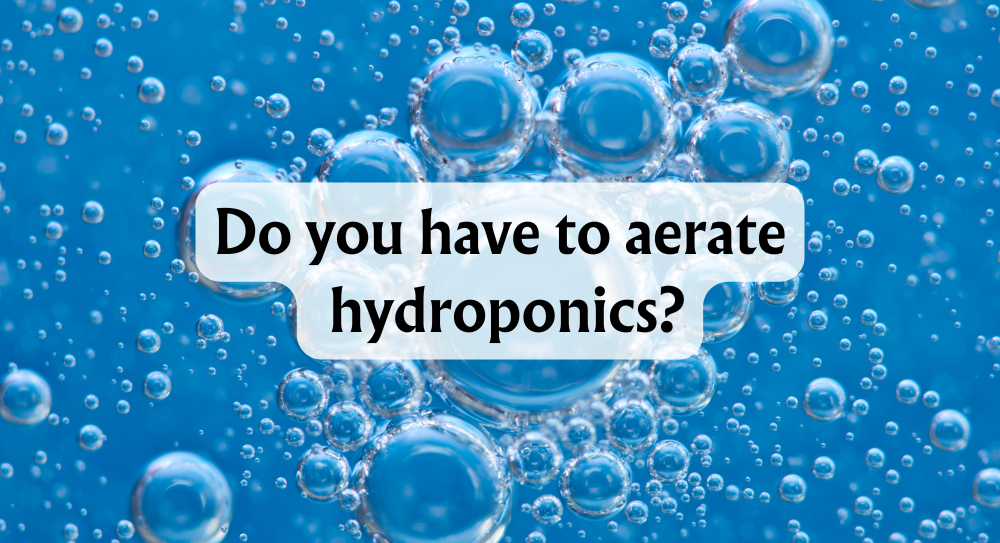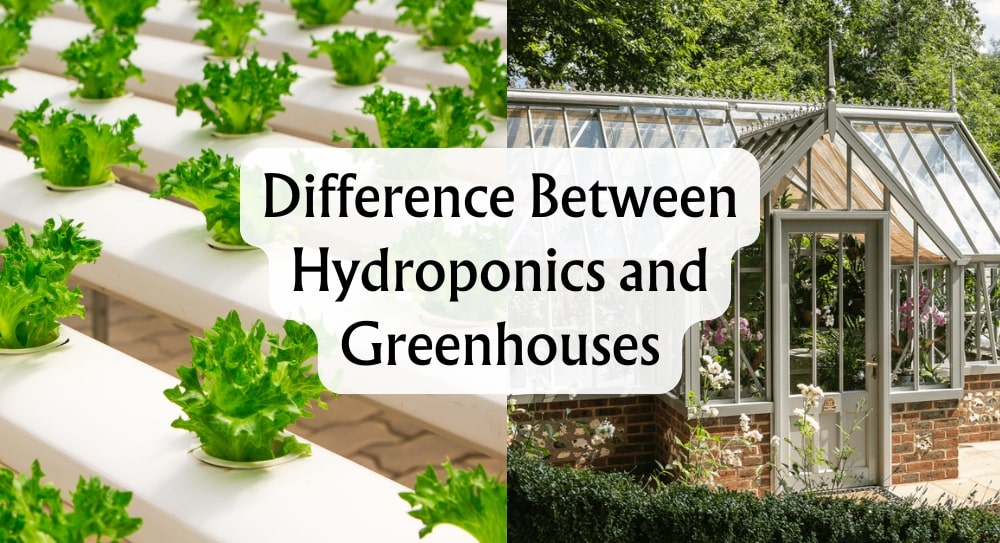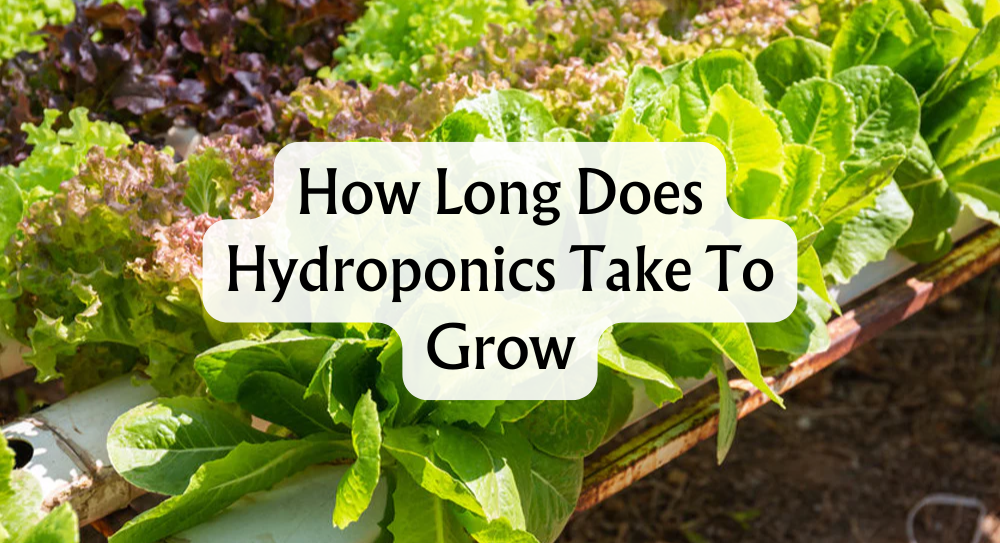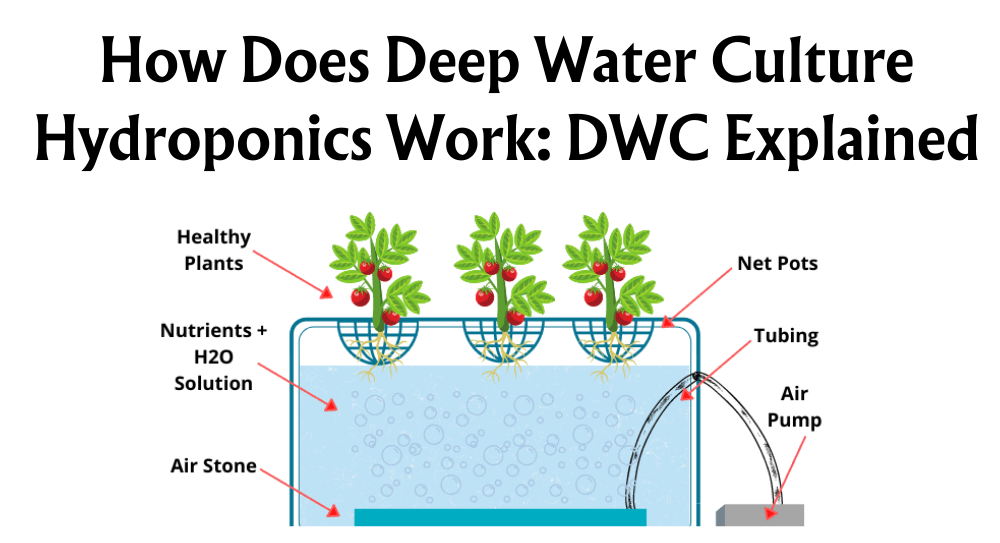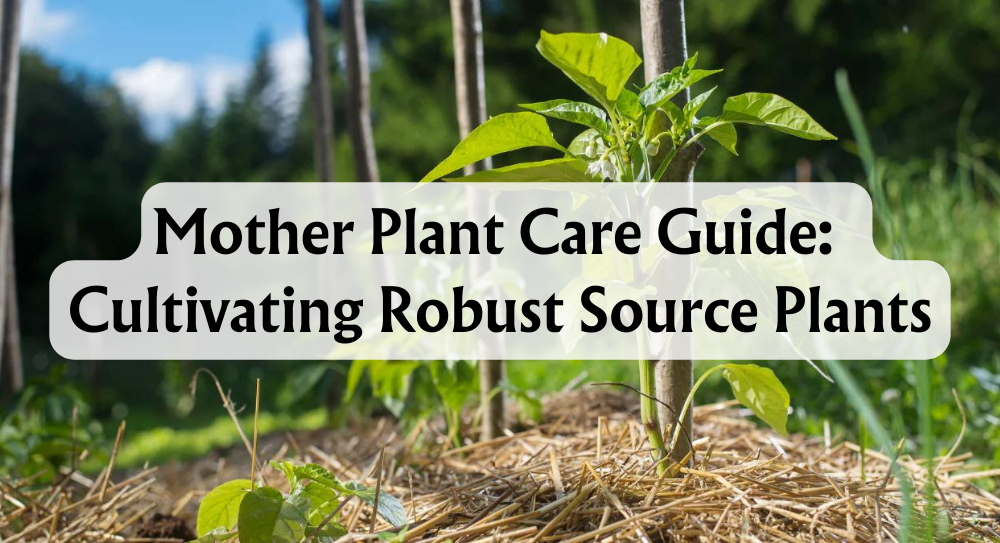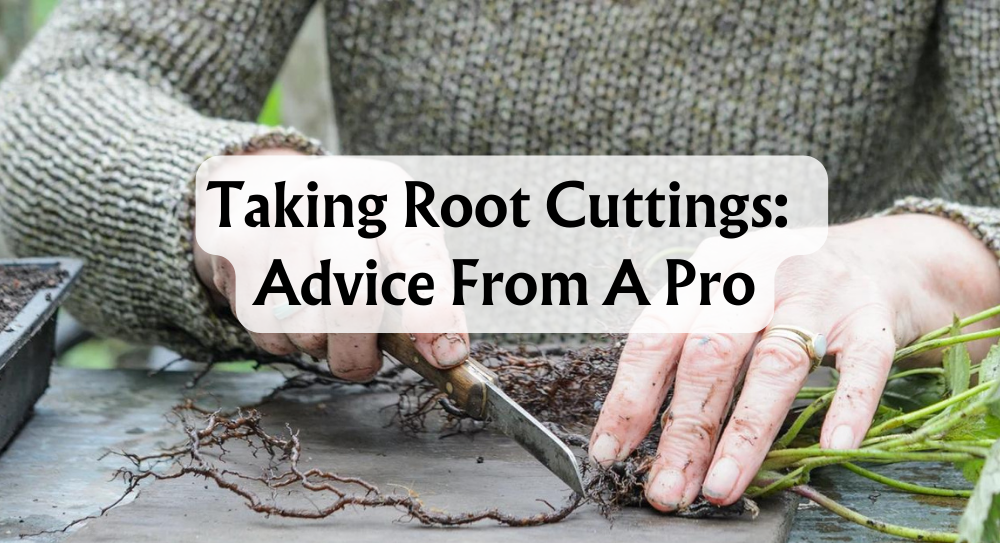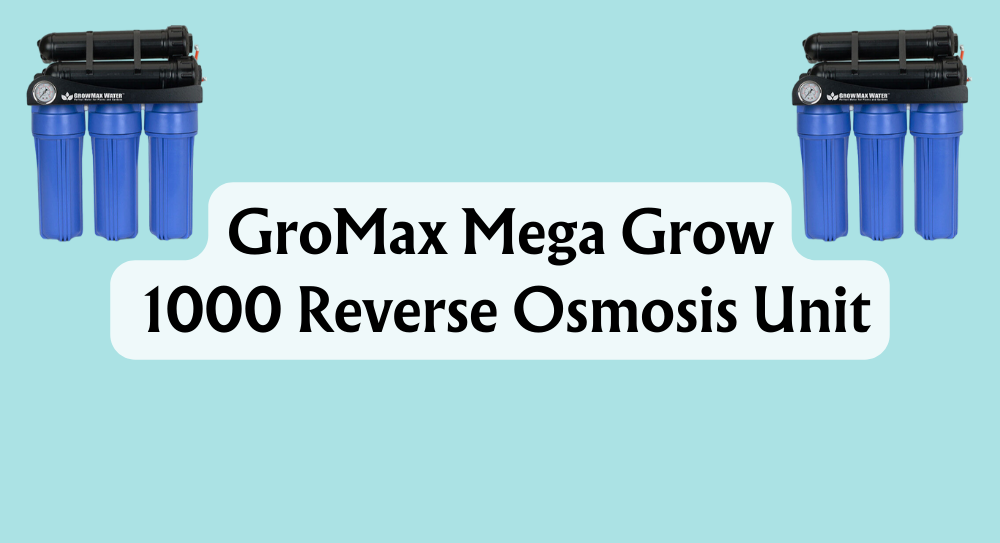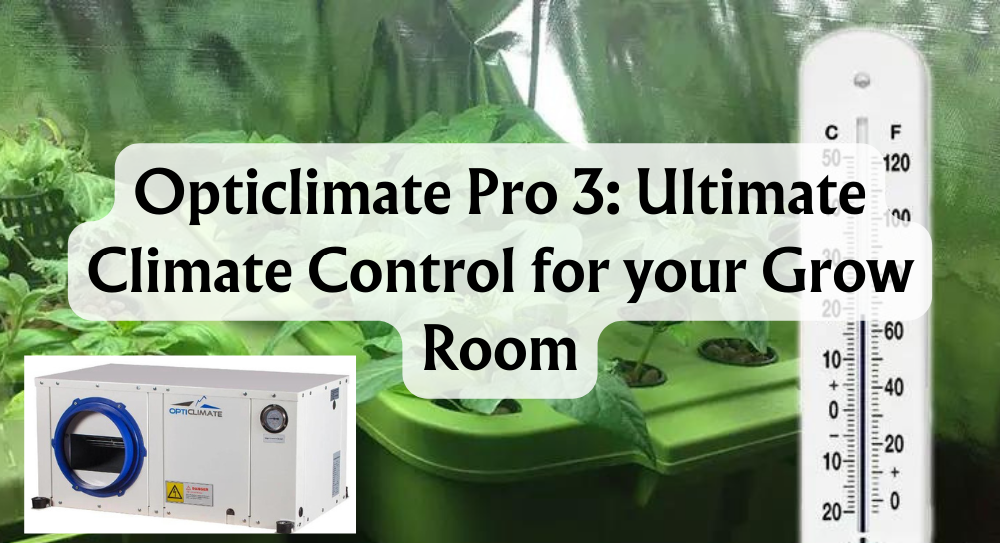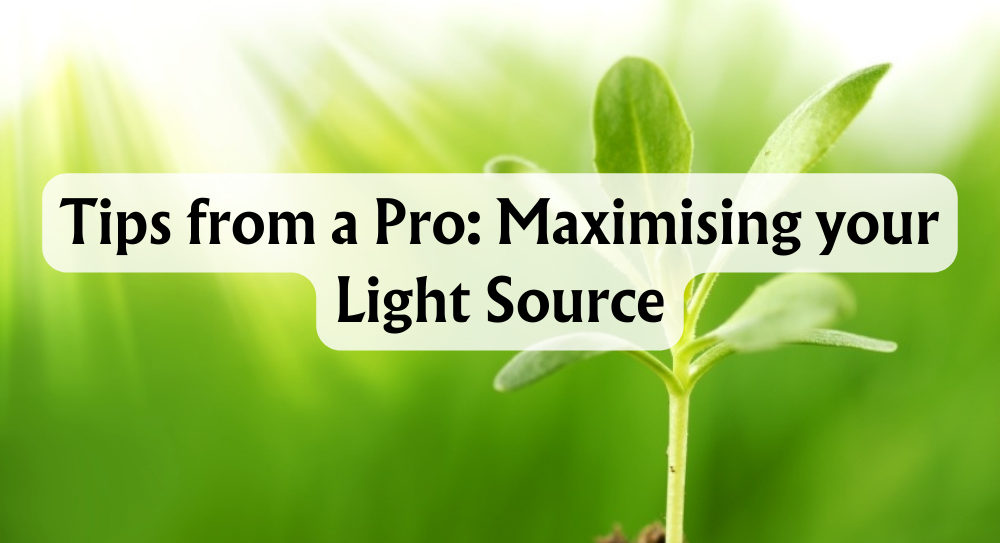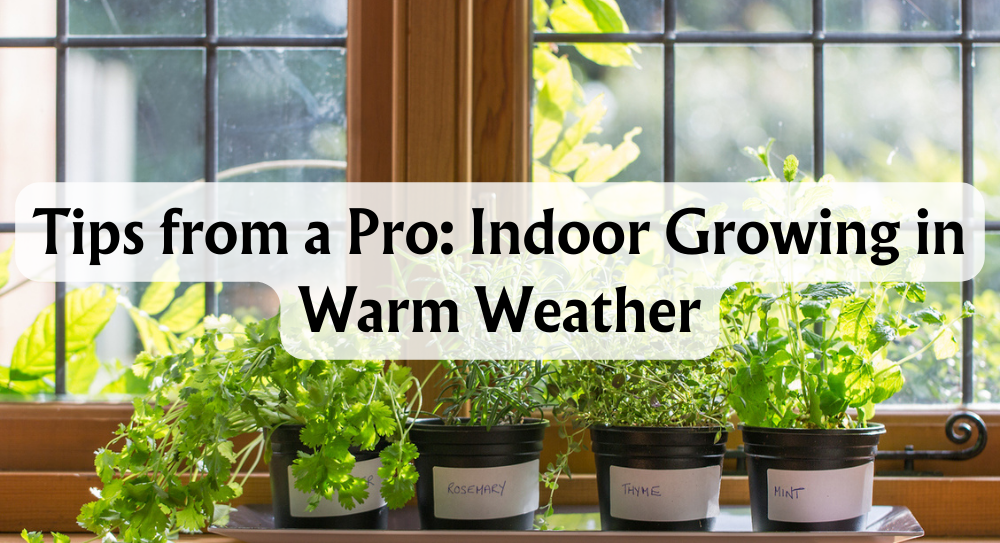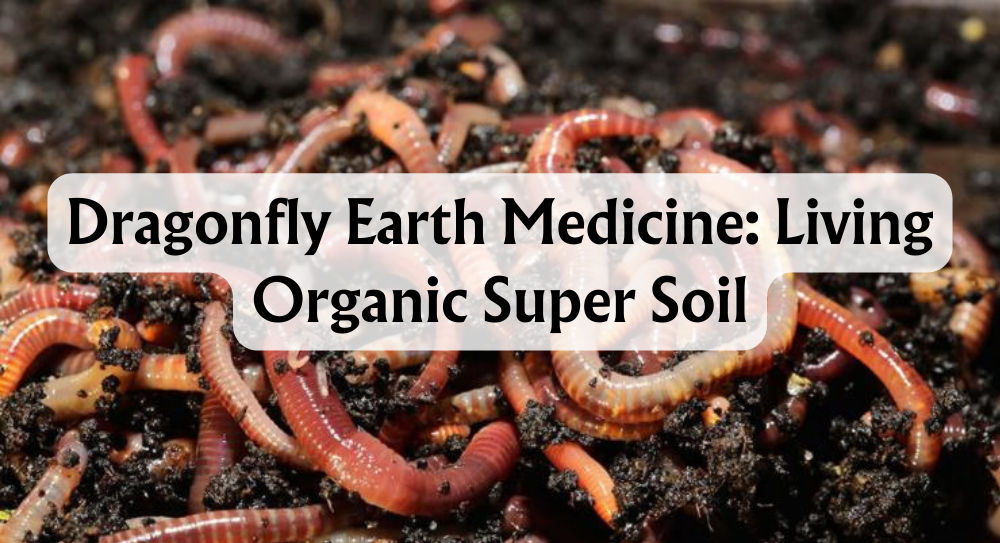Do You Have to Aerate Hydroponics?
When it comes to hydroponic gardening, the question of whether we need to aerate our systems is crucial for success. Aeration is essential for ensuring that our hydroponic plants receive the oxygen necessary for healthy root development. Without proper aeration, the risks of stagnant water and poor nutrient absorption increase, potentially jeopardising the health and yield of our crops.
Let's weigh the benefits and drawbacks to help us make informed decisions about our gardening practices. Understanding aeration's role can significantly impact the growth of fruits and vegetables, leading to thriving hydroponics systems. Let’s dive in and discover how aeration can make a difference in our gardening journey.
Key Takeaways
- Aeration is vital for the oxygen supply to hydroponic plants.
- Various methods exist to effectively aerate hydroponic systems.
- Understanding the pros and cons of aeration can help improve crop yields.
What Is Aeration?
Aeration is the process of introducing air or oxygen into a substance, often soil or water. In hydroponics, aeration plays a crucial role as plant roots need oxygen to grow effectively.
In nature, aeration occurs through various means. For example, earthworms help aerate soil by creating tunnels, allowing air to circulate. This natural process promotes healthier plant growth.
In hydroponic systems, the focus is on enhancing dissolved oxygen (DO) levels in the nutrient solution. Adequate DO is essential for plant health; it enables roots to absorb vital nutrients and supports overall growth.
How Aeration Works:
- Oxygen Exchange:
- Oxygen diffuses from the air into the water, and plants take it up through their roots.
- It’s similar to how fish breathe in a tank—the water must be well-aerated for them to thrive.
- Factors Influencing Aeration:
- Temperature: Warmer water holds less oxygen.
- Water Movement: Increased movement, like bubbling, enhances oxygen exchange.
- System Design: Using an air pump or stone can dramatically improve aeration efficiency.
Incorporating aeration methods into our hydroponic systems can lead to healthier plants and better yields.
Why Is It Important In Hydroponics?
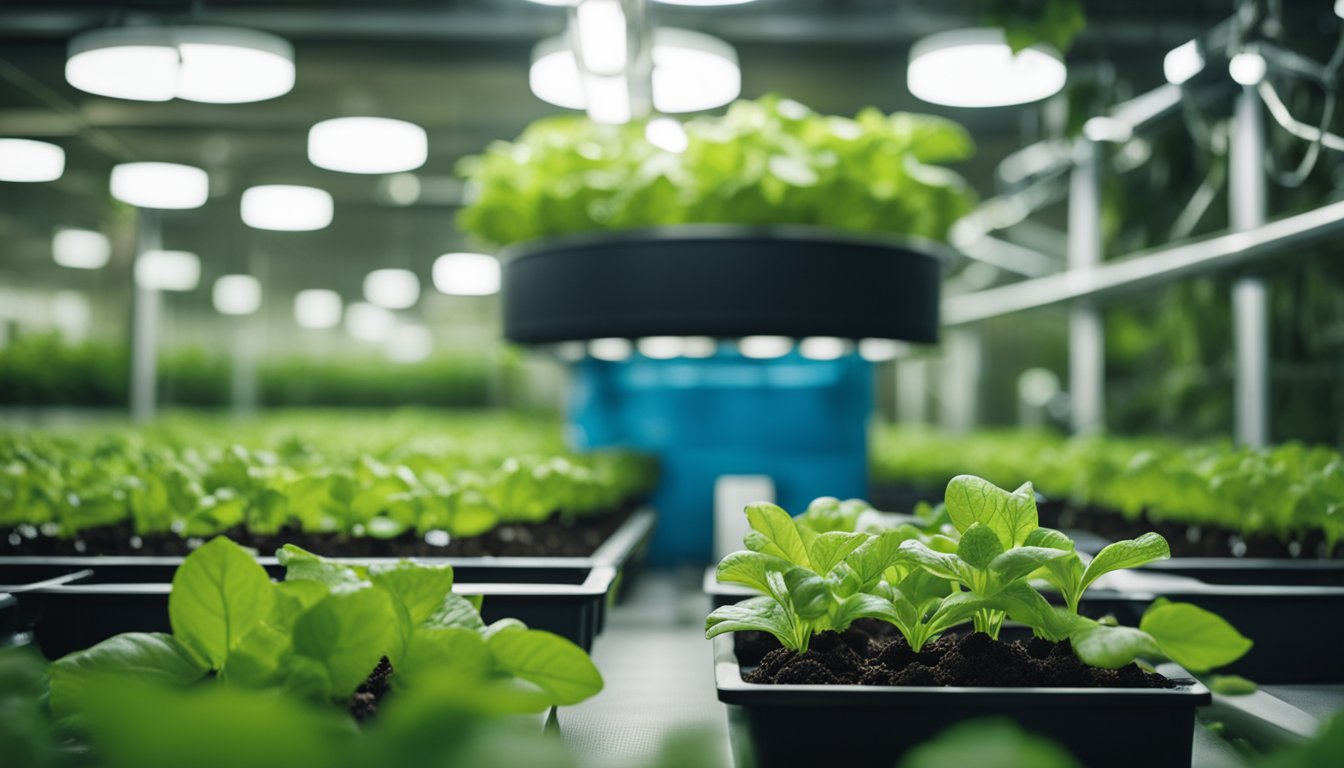
Aeration plays a crucial role in hydroponics. It ensures our plants get the oxygen they need to thrive. Without adequate oxygenation, the roots can suffer, leading to several issues including the onset of harmful bacteria and pathogens.
Role of Oxygen in Plant Health
Roots require oxygen for cellular respiration, essential for energy production. This process directly influences the nutrient uptake of growing plants. When oxygen levels drop, our plants may experience root rot and stunted growth, as oxygen deprivation hinders their ability to absorb vital nutrients.
Benefits of Aerating Hydroponics
- Improved Root Health
Aeration helps prevent root rot and pathogen growth. Healthy roots are more resilient and promote overall plant vigour. - Enhanced Nutrient Absorption
Oxygen-rich conditions facilitate more efficient nutrient absorption. It allows plants to access dissolved oxygen in the nutrient solutions, promoting optimal growth. - Increased Growth Rates and Yields
Systems with proper aeration often show higher growth rates and yields. Studies have indicated that well-aerated systems can lead to significantly improved performance.
Summary of Key Points
- Oxygen is essential for root health and nutrient uptake.
- Aeration prevents root rot and enhances nutrient efficiency.
- Proper oxygen levels can lead to better growth and yield outcomes.
By ensuring we aerate our hydroponic systems, we can optimise plant health and maximise our harvests.
How To Aerate Hydroponics
Aerating our hydroponic systems is essential for optimal plant growth and maximising yields. We can gain the amount of air needed through several effective methods, including air stones, air diffusers, the Venturi effect, and surface agitation. Each method has its own advantages and is suited to different setups.
Air Stones
Air stones are porous materials placed in nutrient reservoirs connected to an air pump. They work by releasing fine bubbles of air, which increases the oxygen saturation in the water. This method is cost-effective and easily accessible for hobbyists and commercial growers alike.
Benefits of Air Stones:
- Affordable: They are generally inexpensive.
- Efficient: Create numerous small bubbles, enhancing oxygen absorption for plant roots.
When selecting air stones, it's essential to consider their size and placement. Larger stones can generate more bubbles while positioning them at various points in the tank can improve distribution. We should also ensure that they are cleaned regularly to prevent blockages.
Air Diffusers
Air diffusers function similarly to air stones but often offer enhanced performance. These devices distribute the air in finer bubbles, ensuring better oxygenation throughout the nutrient solution.
Pros and Cons of Air Diffusers:
- Enhanced Oxygenation: More effective in larger systems.
- Higher Cost: They can be pricier than traditional air stones.
Air diffusers are particularly suitable for larger commercial hydroponic setups, where maintaining optimal oxygen levels is critical for crop production. If we aim for a professional-grade system, investing in a good-quality diffuser can pay dividends in plant health.
Venturi Effect
The Venturi effect is a principle that uses the flow of water to introduce air into the system. By constricting water flow within a pipe, it generates a low-pressure area that pulls in air, mixing it with the water.
This method integrates well with our water pumps and is effective for various hydroponic methods, such as deep water culture and nutrient film technique.
Considerations:
- Setup Complexity: More intricate than other methods.
- Cost: Requires an initial investment in equipment.
For growers looking for comprehensive systems that combine aeration and nutrient delivery, the Venturi effect is a strong choice.
Surface Agitation
Surface agitation is a straightforward method of enhancing oxygen levels. By creating turbulence at the water surface, we increase oxygen exchange with the atmosphere.
Common Methods:
- Waterfalls: Using elevated containers to create a cascading effect.
- Circulation Pumps: Directing flow to agitate the surface.
Though effective and low-cost, surface agitation may not be ideal for deeper systems like deep water culture, where oxygen needs to reach deeper roots.
By choosing the right aeration method for our specific hydroponic setup, we can significantly improve the health and yield of our plants.
Pros And Cons Of Aeration
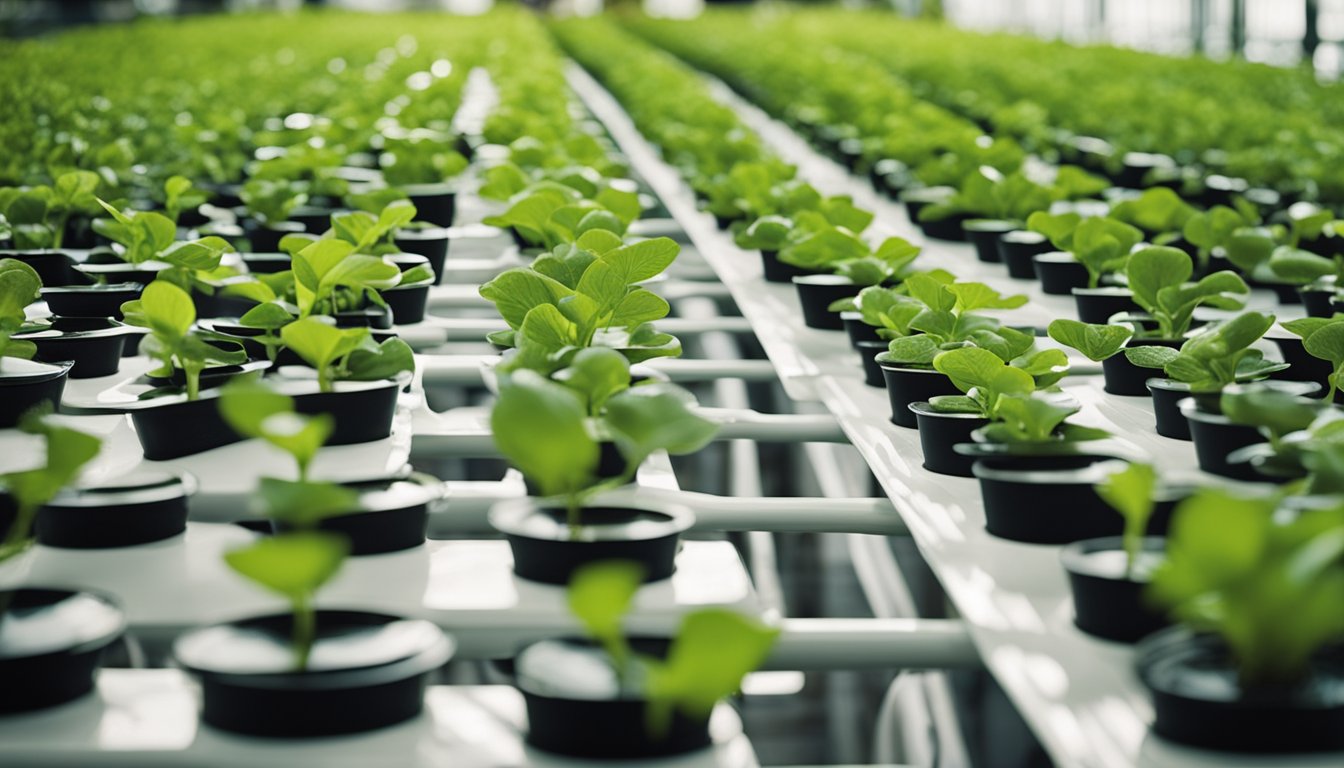
Aeration in hydroponics has both benefits and drawbacks that we should consider.
Pros
- Healthier Roots: Aeration helps prevent root rot. By ensuring roots receive adequate oxygen, we reduce the risk of disease caused by pathogens.
- Increased Nutrient Uptake: With better oxygen flow, plants absorb nutrients more effectively. This can lead to faster growth and potentially improve yields.
- Temperature Management: Aerated water can help maintain optimal water temperatures, creating a more stable environment for growth.
Cons
- Equipment Costs: Aeration requires additional equipment. This can increase both initial investment and energy costs for our hydroponic systems.
- Noise and Maintenance: Some aeration devices can be noisy. Regular maintenance is necessary to keep them functioning effectively, which might be a consideration for us.
- Risk of Over-Aeration: High levels of oxygen can cause the nutrient solution to become turbulent. This can disrupt nutrient distribution and lead to stress for the plants.
It's essential to balance aeration with factors like water temperature, pH, and nutrient levels. Using dissolved oxygen (DO) meters can help us monitor the oxygen levels in our system. By taking these factors into account, we can optimise our hydroponic gardening experience.
Conclusion
Aeration is important for our hydroponic systems. It ensures that plant roots receive enough oxygen needed for growth and health. Let’s recap a few important points about aeration:
- Importance: Adequate aeration promotes vigorous plant growth, leading to higher yields.
- Methods: We can achieve proper aeration using air pumps and air stones. These tools help oxygenate the nutrient solution.
- Pros and Cons: While aeration is essential, it’s important to avoid excessive air, which can adversely affect growth.
We recommend incorporating some form of aeration in our systems. It can make a significant difference in the health and productivity of our plants.







 Store Locator
Store Locator
